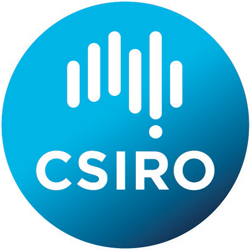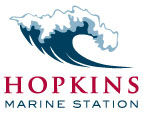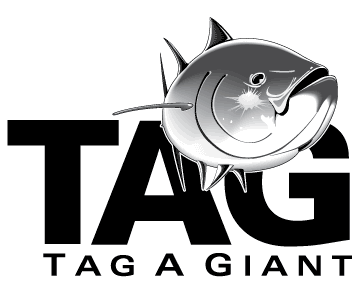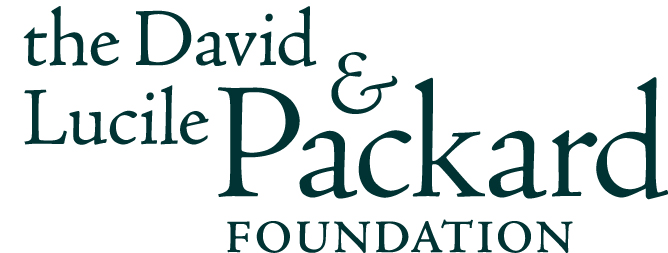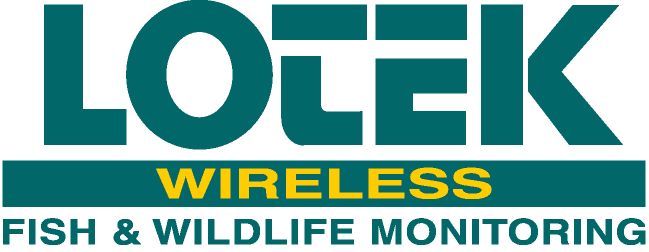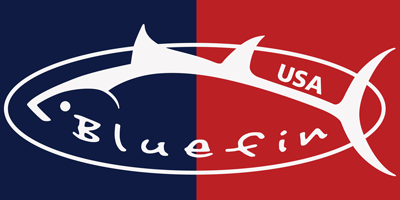Campbell R. Davies, Rich Hillary, Ana Parma, Ann Preece,
Victor Restrepo and Keith Sainsbury
Session 6, Talk 3, 19/1/16 @ 1100 hrs
The value, international nature, population dynamics and depleted state of bluefin tunas have often placed them at the forefront of contention with respect to conservation and sustainable use, and scientific approaches to formulating management advice in the face of uncertainty about stock status and productivity. Formal Harvest Strategies (aka, Management Procedures) and the application of Management Strategy Evaluation(MSE) to test their performance and robustness have been advocated for bluefin since the early 1990’s; although adoption of the approach has been mixed. Central to this approach are:
- Recognition that the various forms of uncertainty (sensu Francis and Shotton, 1996) inherent in the monitoring, assessment, decision-making and management action (collectively = harvest strategy) must be propagated though the evaluation process;
- That the purpose of the process (i.e. selecting a strategy that is likely to meet the stated management objectives and be robust to important uncertainties) is not an optimisation problem, alla conventional stock assessment, but one of trade-offs among conflicting objectives (e.g. catch, profit/efficiency and conservation status); and
- While it may be possible to determine general classes of harvest strategy suitable (and not) for different fisheries, the specific circumstances of each fishery will require bespoke applications that reflect the nature of the available monitoring, assessment methods and management.
We make two general observations:
- The substantial observation and process errors associated with common data series for bluefin tunas mean that empirical/simple statistical harvest strategies are likely to a) perform better and b) be less sensitive to important uncertainties, than those which incorporate more complex stock assessment models as part of the harvest control rule and,
- The scientific tasks of providing advice on a) stock status (i.e. via a full stock assessment) and b) appropriate catch or effort levels can be addressed as two parallel processes within the scientific committee and commission.
The focus of the former should be to determine the range of most plausible trends in stock sizes relative to reference points, identify the sources of information that would reduce the uncertainty in stock status to the greatest degree and recommend suitable research and monitoring. The focus of the latter should be the development and implementation of a tested harvest strategy that provides confidence, transparency and robustness in the scientific advice to the commission on future allowable catches.
Contact: C. Davies, CSIRO, Australia


